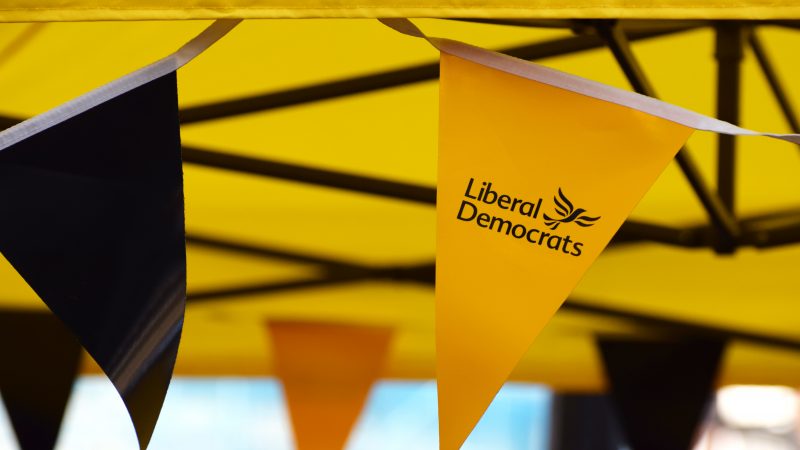
A recent YouGov poll found that more than one in ten (13%) of those who voted Labour in 2024 would now back the Liberal Democrats. Off the back of that, the party’s MP for Eastbourne, Josh Barbarinde, has signalled an ambition to take Labour seats at the next election.
Barbarinde, who is running to be the Lib Dems’ next party president, said: “The Red Wall must be firmly in our sights. If we don’t make the case to disappointed and disaffected Labour voters (while honouring the voter base that supported us in 2024), we know the populists will.”
🟥🟥💥🔨 The Red Wall must be firmly in our sights.
There is so much opportunity here for our party.
If we don’t make the case to disappointed and disaffected Labour voters (while honouring the voter base that supported us in 2024), we know the populists will. pic.twitter.com/QUzhWNDJxt
— Josh Babarinde OBE MP (@JoshBabarinde) August 7, 2025
But is this a realistic threat to Labour? The numbers suggest otherwise.
LabourList analysis of the closest Labour-Lib Dem marginals shows the party came second to Labour in just six seats last year, with an average majority of over 9,500 votes. Even the most marginal, Burnley, currently held by suspended Labour MP Oliver Ryan, was won with a more than eight percent majority over the former Lib Dem MP for Burnley Gordon Birtwistle.
In Sheffield Hallam, once one of the Lib Dem’s safest urban seats until 2017, saw their vote share fall for the fourth election in a row at the election last year, while Labour’s Olivia Blake secured a comfortable majority of more than 8,000 votes.
Looking further south, seats like Bermondsey and Old Southwark, Clapham and Brixton Hill, and Cambridge share a similar story – battling for second place as the Greens and Reform UK gain support.
The electoral maths for the Lib Dems points elsewhere. Of their party’s top 50 targets for 2029, 39 are held by the Conservatives, with only ten Labour and one SNP. That mirrors the party’s 2024 strategy of focusing on Tory-facing battlegrounds, which delivered their record seat haul last year.
If Barbarinde and his colleagues do turn their attention to the Red Wall, they face an uphill struggle in seats such as Southport, Oldham East and Saddleworth, Preston and Halifax, where they start from a low base and where Reform UK and others have pushed them into fourth, fifth or even sixth place.
For Labour, it would appear that the greater danger from the Lib Dems is indirect, peeling off just enough votes from the party to let Reform win.
- SHARE: If you have anything to share that we should be looking into or publishing about this story – or any other topic involving Labour– contact us (strictly anonymously if you wish) at [email protected].
- SUBSCRIBE: Sign up to LabourList’s morning email here for the best briefing on everything Labour, every weekday morning.
- DONATE: If you value our work, please chip in a few pounds a week and become one of our supporters, helping sustain and expand our coverage.
- PARTNER: If you or your organisation might be interested in partnering with us on sponsored events or projects, email [email protected].
- ADVERTISE: If your organisation would like to advertise or run sponsored pieces on LabourList‘s daily newsletter or website, contact our exclusive ad partners Total Politics at [email protected].




More from LabourList
‘Like changes to winter fuel allowance, lifting the two-child cap may be easy in Parliament — and risky everywhere else’
‘No racist is going to make me feel I don’t belong’: Shabana Mahmood on resilience, faith and public service
Delivering in Government: your weekly round up of good news Labour stories